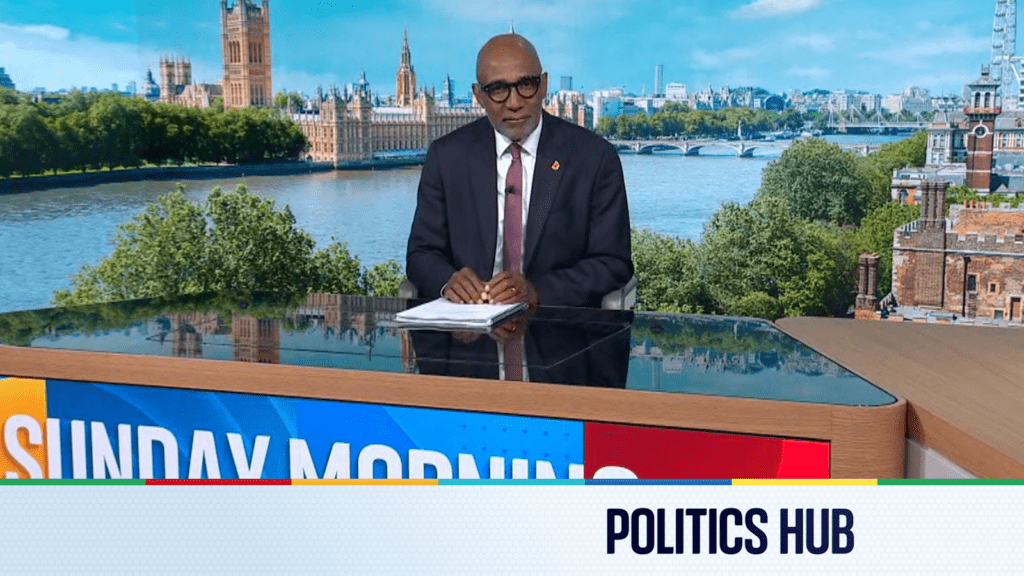Historic Polling Decline for Labour: A Closer Look
Labour is facing an unprecedented downturn in opinion polling, marking what could be their worst performance at year’s end since World War II. Under the leadership of Sir Keir Starmer, the party is currently averaging a mere 26.6%, a stark contrast to the substantial majority they achieved just five months prior.
Labour’s Declining Polling Numbers
According to an extensive analysis of nearly 1,000 polls spanning 75 years, Labour’s standing has dropped by 1% compared to their previous year-end low of 2016. At that time, Jeremy Corbyn’s leadership was overshadowed by controversies surrounding antisemitism and multiple leadership challenges. The only comparable years to Labour’s current predicament were in 1981, when the new SDP-Liberal Alliance disrupted the political landscape, and in 2009, following a decade in government, when Labour found itself battling the effects of a recession and an expenses scandal.
While Labour still holds a slight lead over the Conservatives, it has narrowed to merely 0.5%, a significant decline from their 19% advantage in January. Kemi Badenoch’s Conservative Party remains relatively stable at 26.1%, only slightly above the figures from when Liz Truss stepped down. Reform UK trails behind at 21%, with the Liberal Democrats and Greens at 11.8% and 7.7%, respectively.
Comparison to Historical Trends
Labour’s current standing stands in stark relief to the 44% share they enjoyed just months ago, with a 17.6% decline marking the largest year-on-year drop ever recorded in UK-wide polls. Only two notable collapses in support have surpassed Labour’s current situation: Nigel Farage’s Brexit Party, which saw a surge during the 2019 European Parliament elections only to be largely absorbed by the Conservatives within six months, and the Liberal Democrats’ remarkable fall post-"Cleggmania" in 2010 when they became the junior partner in a coalition government.
A Historical Perspective on Recovery
However, historical trends indicate that Labour’s situation may not be as dire as it seems. After ending the years of 2009 and 2016 with polling figures below 30%, the party experienced rebounds of over 10% in subsequent years. Similarly, Margaret Thatcher surged back from a low of 27% in 1981 to secure a remarkable 144-seat majority, aided notably by the Falklands War.
Reform UK: The Year’s Surprising Success
On the other hand, Reform UK stands out as the clear winner this year. The analysis reveals that their support has more than doubled, representing one of the largest increases seen during peacetime. Yet, with a general election still four years away, the challenge for Reform UK will be to maintain this newfound momentum, as no third party achieving a similar surge since the war has sustained their support for more than two years.
In summary, while Labour is grappling with a significant decline in polls, history suggests that recovery is possible. As political tides shift, the landscape remains dynamic and offers opportunities for both Labour and emerging parties like Reform UK.


